Congenital Club Foot Types
The influence of brace type on the success rate of the Ponseti treatment protocol for idiopathic clubfoot.

Congenital club foot types. Talipes covers several physical foot conditions that a baby may be born with. J Bone Joint Surg Am. The most common type of clubfoot is idiopathic, which means the cause is unknown.
Clubfoot can happen in one foot or in both feet. Clubfoot is a birth defect that usually happens when the tissues that connect muscles to bone in a baby’s leg and foot are shorter than normal. The foot is usually short and broad in appearance and the heel points downward while the front half of the foot (forefoot) turns inward.
This flexible type of club foot is caused by the baby's prenatal position in the uterus (often breech). This type is stiff or rigid, and very hard to manipulate. The Ponseti method for the treatment of congenital club foot:.
• epidemiology • etiology • pathological anatomy • clinical features • classification • radiographic evaluation • treatment • summary 3. Most relevant for this congenital deformity are the Talus, Calcaneus and Navicular. If left untreated, it can result in long-term disability, deformity and pain.
Congenital anomalies comprise a wide range of abnormalities of body structure or function that are present at birth and are of prenatal origin. Clubfoot can cause significant problems as the child grows. Clubfoot can cause significant problems as the child grows.
Clubfoot can happen in one foot or in both feet. The ponseti technique for correction of congenital clubfoot. Clinically Relevant Anatomy & Clinical Presentation.
To learn what it’s like to live with this condition or how families are affected, read these real stories from people living with clubfoot. The treatment of clubfoot has evolved over time and can generally be divided into two main approaches:. A type 1 excludes note indicates that the code excluded should never be used at the same time as Q66.A type 1 excludes note is for used for when two conditions cannot occur together, such as a congenital form versus an acquired form of the same condition.
It affects the bones, muscles, tendons, and blood vessels and can affect one or both feet. The affected foot may be more flexible, with a condition known as positional clubfoot. Mechanical Factors in Utero.
Clubfoot is often broadly classified into two major groups:. Gold standard treatment of idiopathic clubfoot is the conservative Ponseti method, including the reduction of. Therapeutic options range from casting and manipulation, through to surgical release.
Outline • what is ctev?. (1)Department of Orthopaedics, Nemours Children's Clinic, Jacksonville, Florida, USA. These can cause congenital contractures, including clubfoot, in distal arthrogryposis (DA) syndromes.
Overall prognosis will often depend on other. Clubfoot, also known as talipes equinovarus, is a congenital (present at birth) foot deformity. Multiple theories have been put forward to explain its etiology.
There are three types of clubfoot that your child can be diagnosed with:. It is not clear exactly what causes talipes. Mutations in genes involved in muscle development are risk factors for clubfoot, specifically those encoding the muscle contractile complex (MYH3, TPM2, TNNT3, TNNI2 and MYH8).
This video describes the Basics of Pathoanatomy (Pathological Anatomy) of the Club Foot (CTEV) and a brief description of clinical examination of a child aff. The Ponseti method for treatment of congenital club foot. Learn how clubfoot is treated.
The purpose of this study was, to determine the prevalence of parental consanguinity in CTEV and other factors like associated, congenital anomalies, maternal and fetal factors and also the severity of CTEV in these patients. Clubfoot causes one or both feet to twist into an abnormal position, and can be mild or serious. This condition occurs in about 1 out of every 1,000 births.
Cummings RJ(1), Davidson RS, Armstrong PF, Lehman WB. Clubfoot is a congenital foot abnormality in which the newborns' foot is twisted sidewards towards the opposite leg. Neurogenic clubfoot is caused by an underlying neurologic condition.
Congenital club foot in the human fetus. It is one of the most common congenital deformities. Clubfoot, or talipes equinovarus, refers to a developmental deformity of the foot in which one or both feet are excessively plantar flexed, with the forefoot swung medially and the sole facing inward ().It is a common congenital malformation, typically discovered at the time of birth as an isolated anomaly in an otherwise normal neonate.
Club foot may be associated with myelodysplasia, arthrogryposis or many other congenital abnormalities but is more commonly an isolated idiopathic birth defect. Bilateral TEV can be found be found in nearly 50% of cases. To provide long-term correction of the deformity resulting in a foot that is fully functional and pain-free.1 Other authors add the additional goals of achieving a foot that is in a.
In most cases, it is diagnosed by the typical appearance of a baby's foot after they are born. Twisting of the ankle. For instance, a child born.
Isolated (idiopathic) clubfoot is the most common form of the deformity and occurs in children who have no other medical. The role of the Pirani scoring system in the management of club foot by the Ponseti method. Clubfoot, or talipes equinovarus, is a congenital deformity that typically has four main components:.
Hemo Y, Segev E, Yavor A, et al. Feet of babies with this type of clubfoot are stiff and hard to manipulate. Congenital talipes equinovarus (club foot/ctev) ppt by dr pratik 1.
The foot consists of 26 bones. Occasionally, the doctor may request X-rays to fully understand how severe the clubfoot is, but usually X-rays are not necessary. The foot consists of 26 bones.
Learn vocabulary, terms, and more with flashcards, games, and other study tools. Nonisolated clubfoot occurs in combination with various health conditions or neuromuscular disorders, such as. The Ponseti method for treatment of congenital club foot.
Find out the difference between the types of talipes, and how each condition is treated. Although different types of clubfoot exist, the condition is usually accompanied by the following foot deformities:. In some cases, clubfoot can be associated with other abnormalities of the skeleton that are present at birth (congenital), such as spina bifida, a birth defect that occurs when the spine and spinal cord don't develop or close properly.
About one out of every 1,000 babies is born with a foot that’s twisted. In congenital idiopathic clubfoot, conventional histopathological techniques are insufficient to throw light on the neuromuscular tissues. Common birth defect Other terms Giles Smith Syndrome, congenital talipes aquinovarus (CTEV) The condition is also known as talipes.
CONGENITAL TALIPES EUINO VARUS (CTEV) DEFINITION/INTRODUCTION:. Inversion and adduction of the forefoot;. About twice as many males are born with the congenital form than females.
Idiopathic clubfoot is not related to any other medical problems. Congenital talipes equinovarus, also known as ‘club foot’, is a congenital foot deformity present at birth. Three elements comprise this deformity-inversion of foot, adduction of the.
Idiopathic clubfoot is an uncommon congenital deformity that clusters in families but does not fit typical Mendelian inheritance patterns. An inversion of the heel that causes the front of the foot to turn inward. According to the National Institutes of Health, one in every 1000 infants is born with clubfoot, which causes them many physical problems at a later stage of life if not treated early.
Clubfoot is a congenital deformity, which means you’re born with the condition. Although clubfoot is painless in a baby, treatment should begin immediately. Clubfoot is one of the most prevalent musculoskeletal congenital defects.
The underlying deformity of clubfoot can be most easily understood if it is divided into four components, whose first letters make up the word CAVE. It means "not coded here". A true (idiopathic) clubfoot accounts for the vast majority of cases.
Clubfoot is a common defect present at birth and occurs in every 1,000 live births. In almost half of affected infants, both feet are involved. The goal of treating clubfoot remains the same whatever the approach:.
INTRODUCTION Clubfoot is a condition in which one or both feet are twisted into an abnormal position at birth. There are two types of clubfoot, each with different causes. Most commonly, a doctor recognizes clubfoot soon after birth just from looking at the shape and positioning of the newborn's foot.
Clubfoot definition, a congenitally deformed or distorted foot. One type of talipes is commonly known as club foot. An unusually high arch in the foot.
Congenital club foot in the human fetus. Ankle equinus, hindfoot varus, forefoot adductus, and midfoot cavus 3–6.Although, there are a number of conservative or non-conservative treatments have been used to correct the clubfoot, it is still. Congenital talipes equinovarus dr pratik agarwal dr madhav khadilkar 2.
J Bone Joint Surg Am. Talipes equinovarus is a congenital (present from birth) condition where the foot turns inward and downward.The cause of this condition is not known, although it may be passed down through families in some cases. Congenital club foot is one of the common developmental deformities occurring at ankle, subtaloid and metatarsal joints.
Talipes equinovarus (once called club foot) is a deformity of the foot and ankle that a baby can be born with. J Bone Joint Surg Am. Clubfoot is a deformity in which an infant's foot is turned inward, often so severely that the bottom of the foot faces sideways or even upward.
Clubfoot •Congenital talipes equino-varus •The commonest significant congenital deformity worldwide •Caucasians –1 per 1000 live births •Africans –2-3 per 1000 •Polynesians –6 per 1000. Doctors usually diagnose it immediately. A type 1 excludes note is a pure excludes.
What are the different types of clubfoot?. Start studying congenital clubfoot -- pediatrics. The role of the Pirani scoring system in the management of club foot by the Ponseti method.
Although clubfoot is painless in a baby, treatment should begin immediately. However, recent studies have indicated the presence of muscular anomalies with preponderance of type I fibers. Reduction defects of upper and lower limbs.
The disorder can be differentiated into following two types:. Casting for bilateral club foot. Also known as talipes equinovarus, idiopathic clubfoot is the most common type of clubfoot and is.
Clubfoot resembles the head of a golf club, which is how it got its name. Although the etiology of congenital clubfoot remains unknown, reproducible pretreatment grading now seems possible. CLUB FOOT Ison, Kevin Christian B.
Most cases of clubfoot can be successfully treated with nonsurgical methods that include stretching, casting, and bracing. It is a general term used to describe a range of unusual positions of the foot. Conservative and Surgical Approaches.
Studies done on twins, different incidences in various ethnic groups, and transmission between generations all suggest a genetic component to clubfoot causation. Or, it might have an odd shape and point in the wrong direction, so. The most common surgical complication is overcorrection resulting in a "rockerbottom" flat foot deformity.
Inversion of the heel and hindfoot;. Most types of clubfoot are present at birth (congenital clubfoot). It may curl sideways with the toes bent at a funny angle.
The Ponseti method is a manipulative technique that corrects congenital clubfoot without invasive surgery. Most common type may be seen in utero on US (helpful for parents and to figure out interventions). Review of the current literature and treatment recommendations.
The cause of congenital talipes equinovarus (CTEV) is multifactorial and, consanguinity could be one of the causative factors in its development. Most relevant for this congenital deformity are the talus, calcaneus and navicular. Clubfoot is a birth defect of the foot that may affect your baby's ability to walk normally.
Congenital talipes equinovarus (CTEV), which is also known as clubfoot, is a common congenital orthopedic condition characterised by an excessively turned in foot (equinovarus) and high medial longitudinal arch (cavus).

Clubfoot Boston Children S Hospital

Clubfoot Causes And Treatments
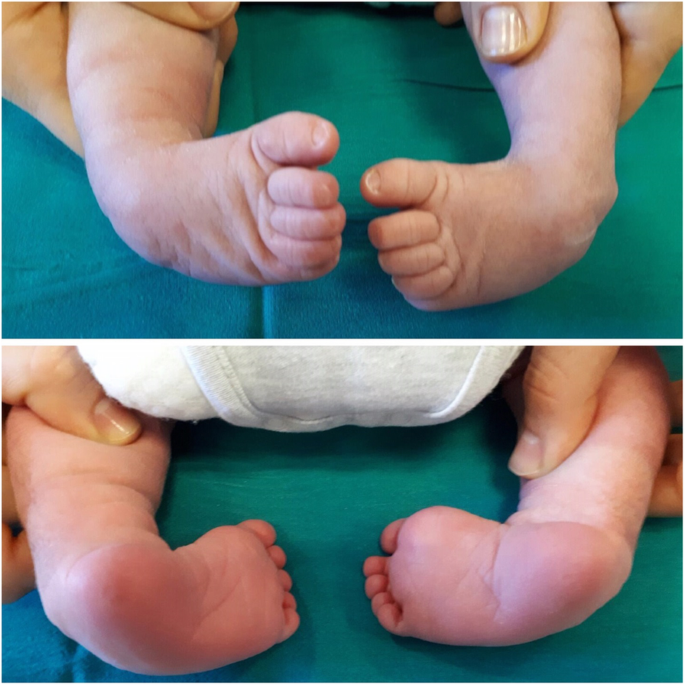
What A Paediatrician Should Know About Congenital Clubfoot Italian Journal Of Pediatrics Full Text
Congenital Club Foot Types のギャラリー
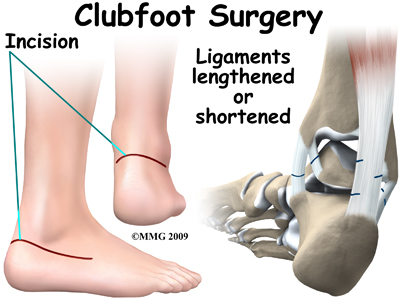
Physical Therapy In Long Island For Pediatric Issues Clubfoot

Pdf Current Conservative Management And Classification Of Club Foot A Review Semantic Scholar
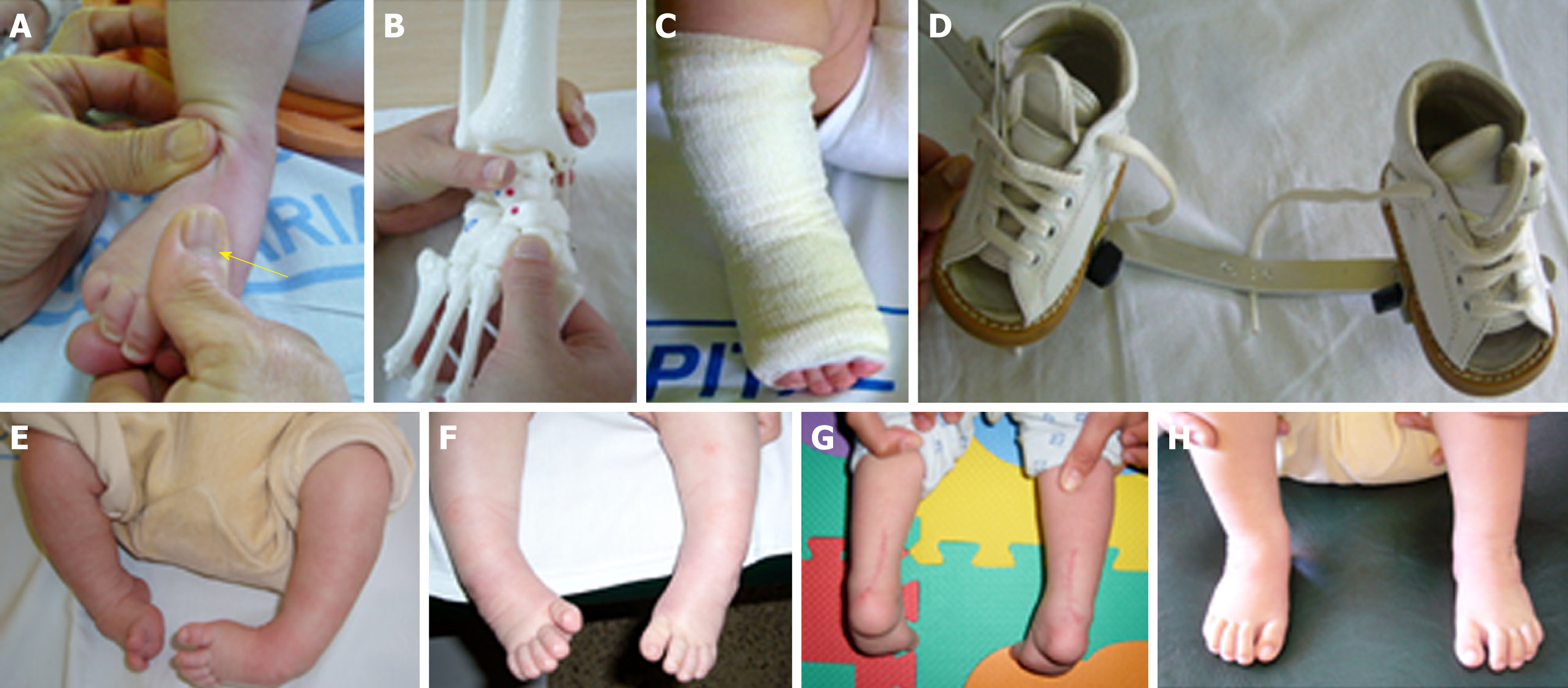
Functional Physiotherapy Method Results For The Treatment Of Idiopathic Clubfoot
Q Tbn 3aand9gcsiqk2gm7zj3ssgnajpf1ujxpqe2efkyujjneftvigthk Bxfrn Usqp Cau
Clubfoot Orthoinfo os

Musculoskeletal Disorders Part 8 Congenital Skeletal Malformations

Clubfoot Wikipedia

Clubfoot Congenital Talipes Equinovarus Pediatrics Orthobullets

Congenital Foot Deformities A Guide To Conservative Care Podiatry Today

Club Foot Talipes Equinovarus Ankle Foot And Orthotic Centre
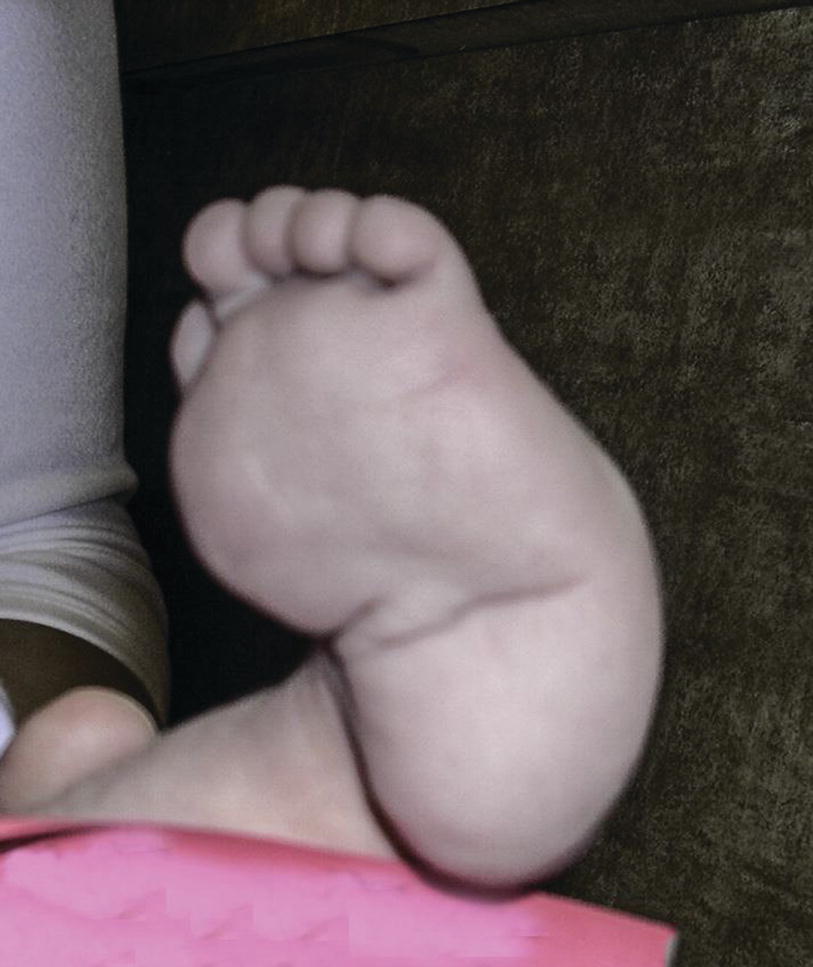
Congenital Talipes Equinovarus Springerlink

Congenital Talipus Equino Varus Physiotherapy Treatment In Ahmedabad
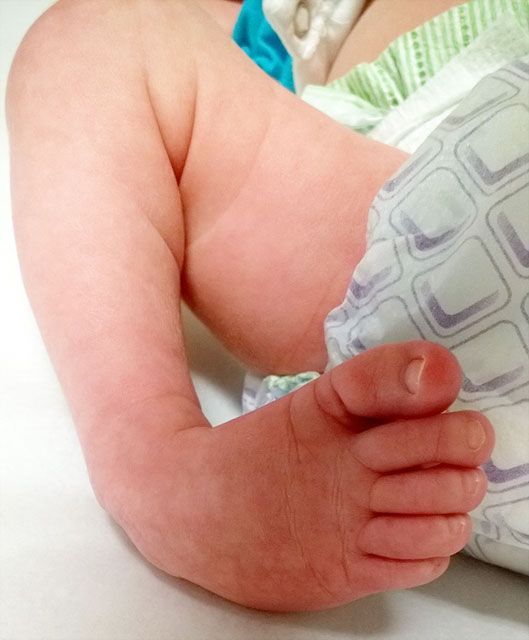
Clubfoot Johns Hopkins Medicine
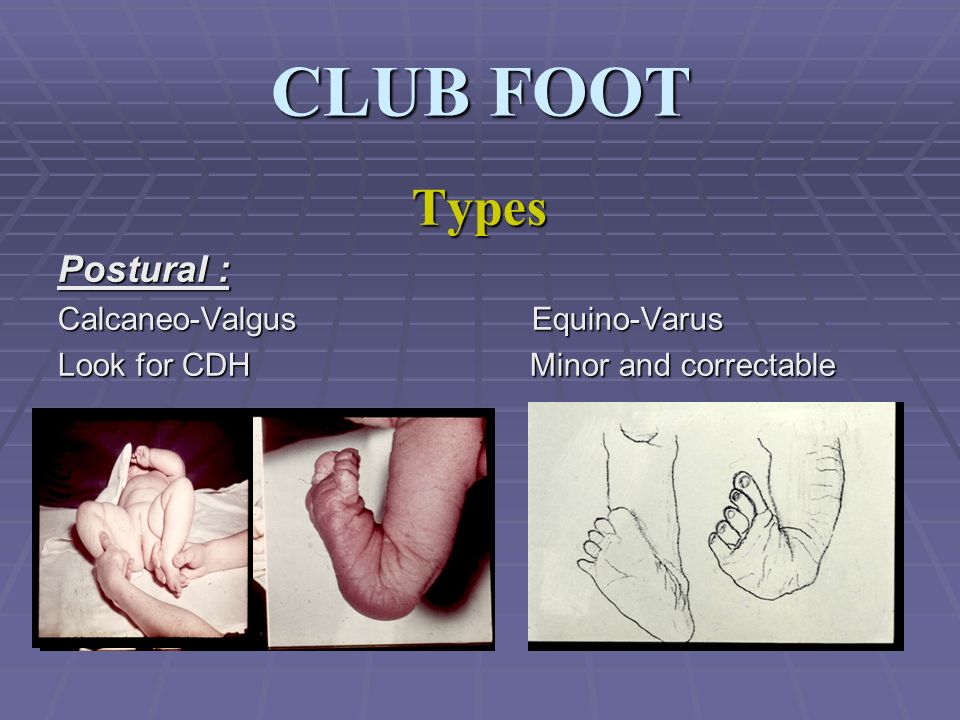
Congenital Talipes Equino Varus Congenital Clubfoot Ppt Video Online Download

Clubfoot
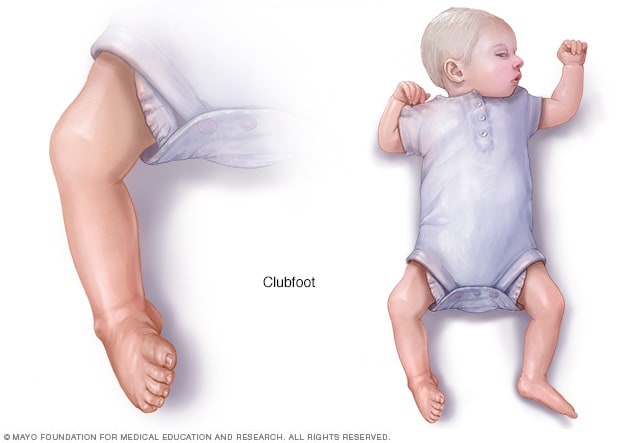
Clubfoot Symptoms And Causes Mayo Clinic

Clubfoot Talipes Equinovarus Tev Youtube
Q Tbn 3aand9gctp62jgxdlybgwfyvfzh Y3p9jo177qwhalpgcofoygxaj3mncw Usqp Cau

Club Foot In Infants Reasons Signs Remedies

Ctev Foot Anatomical Terms Of Motion

Congenital Talipes Equinovarus Clubfoot Nursing Management Rnpedia Nurse Manager Pediatric Nursing Medication Management
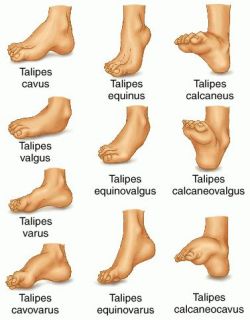
Congenital Talipes Equinovarus Clubfoot Nursing Care Management Nurseslabs

Clubfoot And Other Foot Defects Children S Health Issues Msd Manual Consumer Version

Club Foot

Congenital Idiopathic Talipes Equinovarus American Academy Of Pediatrics
Congenital Talipes Equinovarus Or Club Foot Bone And Spine
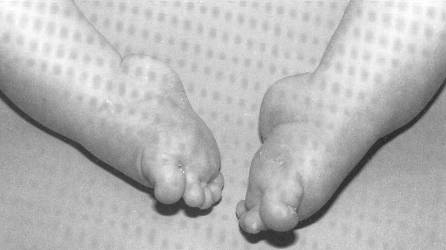
Clubfoot Congenital Equinovarus Cev Team Bone
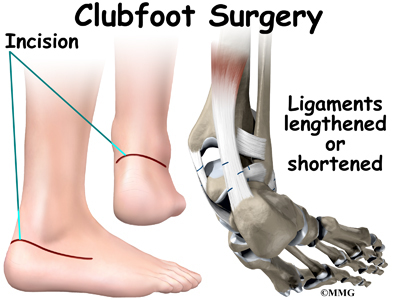
Clubfoot Eorthopod Com

Pdf Congenital Clubfoot
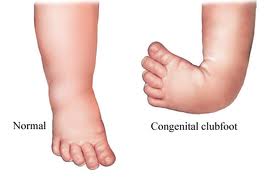
Introduction To Clubfoot Physiopedia

Club Foot
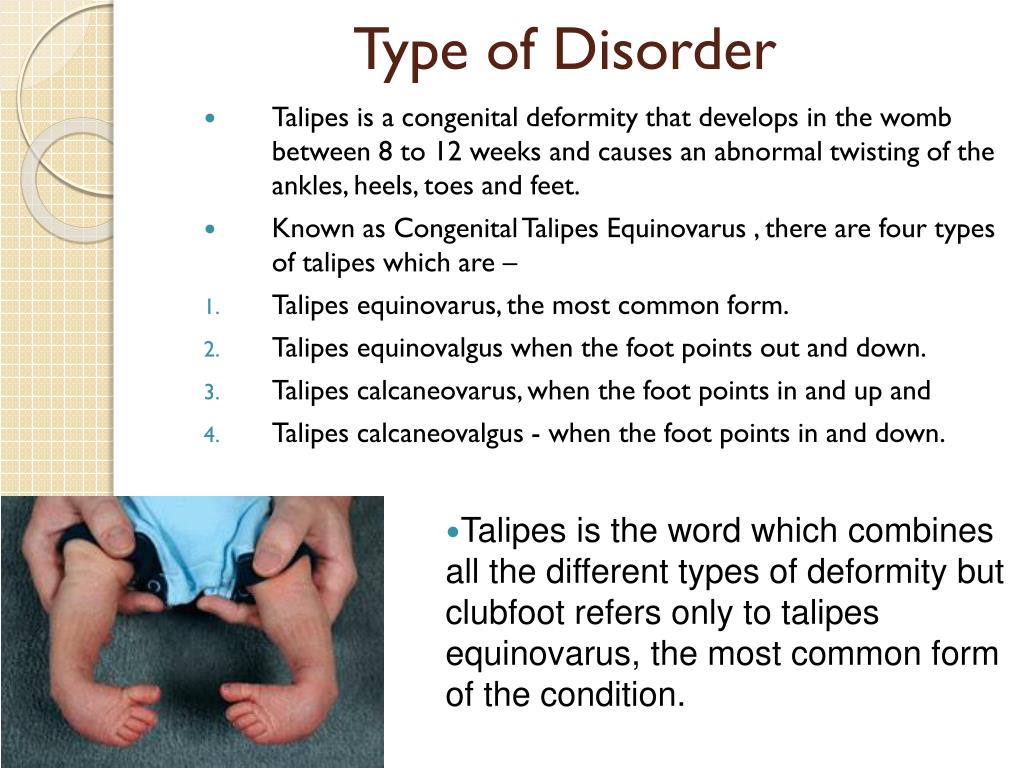
Ppt Club Foot Powerpoint Presentation Free Download Id
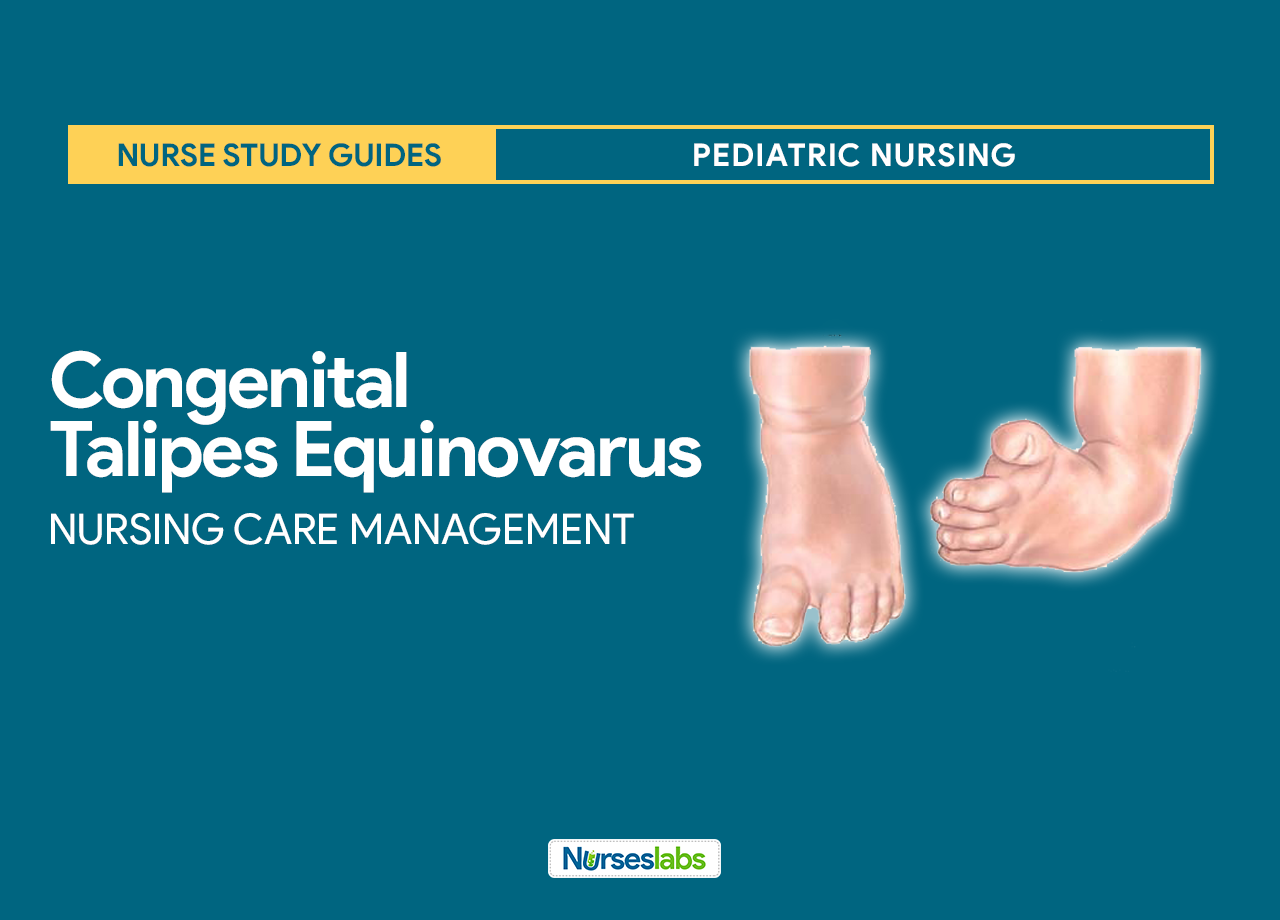
Congenital Talipes Equinovarus Clubfoot Nursing Care Management Nurseslabs
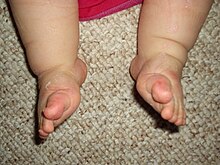
Clubfoot Wikipedia

Congenital Clubfoot Youtube

Clubfoot Phenotype In Pma Pma Mice Human Newborn With Congenital Download Scientific Diagram
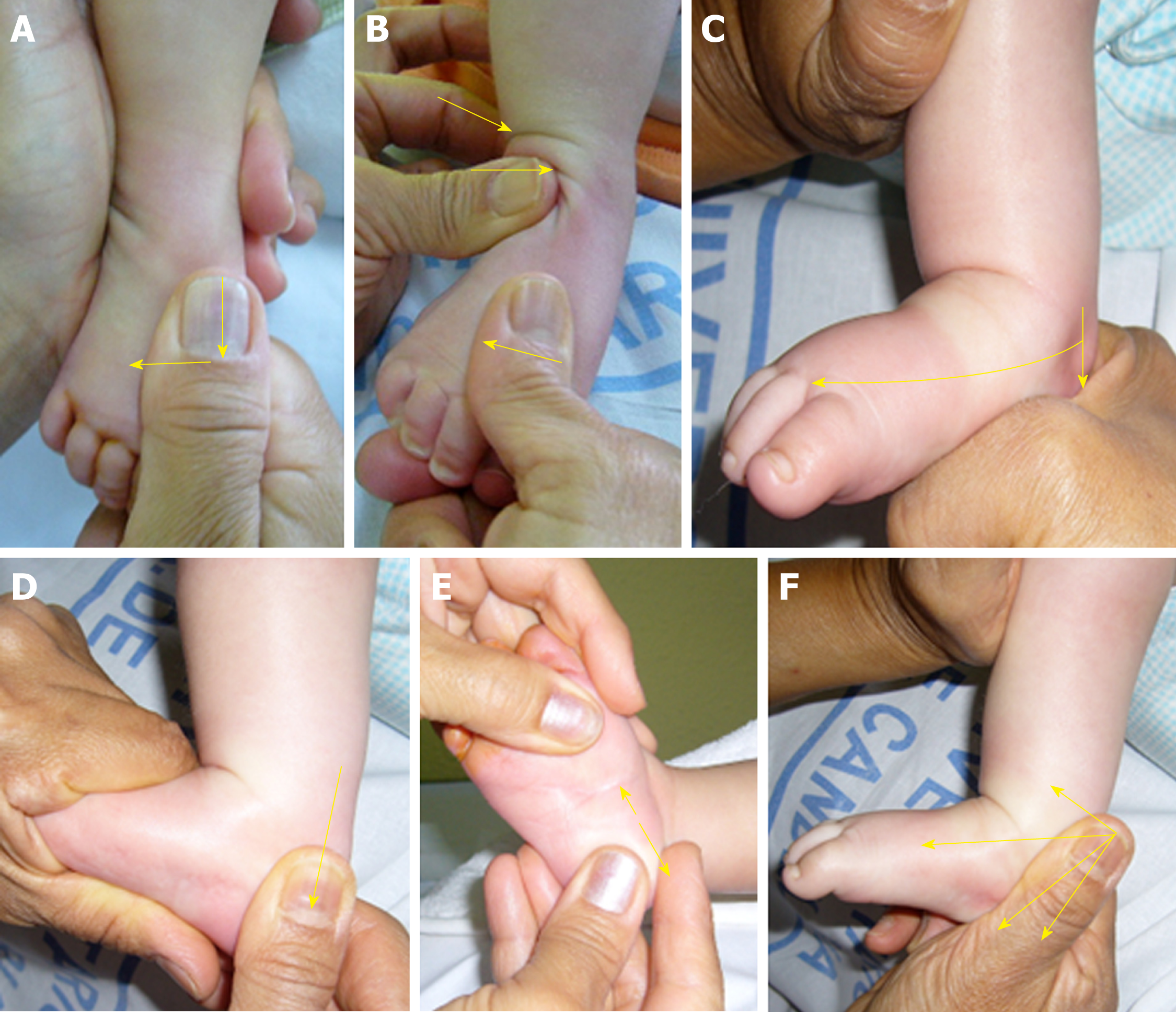
Functional Physiotherapy Method Results For The Treatment Of Idiopathic Clubfoot

Club Foot

Club Foot Talipes In Babies Causes Signs Treatment Youtube

Challenging Clubfeet The Arthrogrypotic Clubfoot And The Complex Clubfoot Journal Of Children S Orthopaedics
Ponseti Method In The Management Of Clubfoot Under 2 Years Of Age A Systematic Review
Q Tbn 3aand9gctp62jgxdlybgwfyvfzh Y3p9jo177qwhalpgcofoygxaj3mncw Usqp Cau

4 1 Clubfoot Types Clubfoot Guide 123

History Of Clubfoot Management Global Clubfoot Initiative

Clubfoot Congenital Talipes Equinovarus Pediatrics Orthobullets
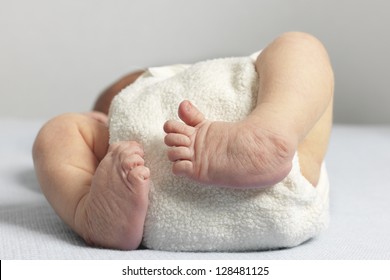
Club Foot Images Stock Photos Vectors Shutterstock
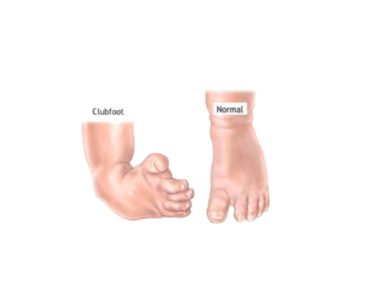
Congenital Talipes Equinovarus Clubfoot Nursing Management Rnpedia

Club Foot Nhs
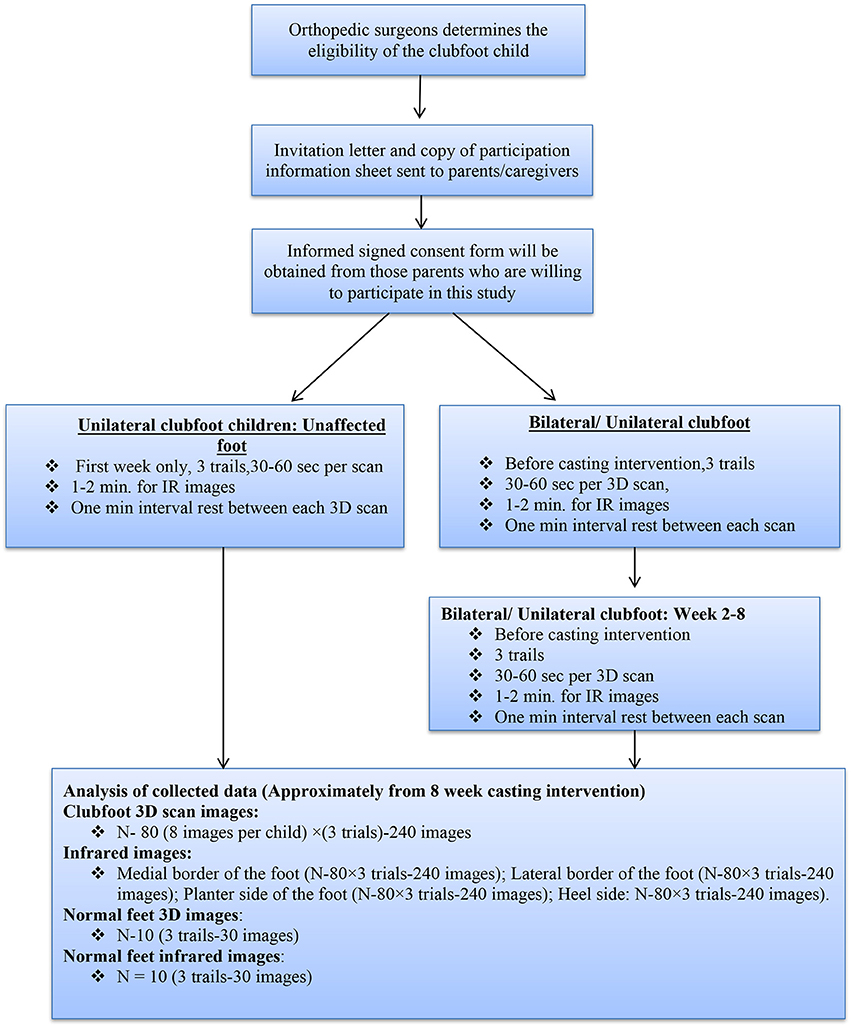
Frontiers Developing A Three Dimensional 3d Assessment Method For Clubfoot A Study Protocol Physiology
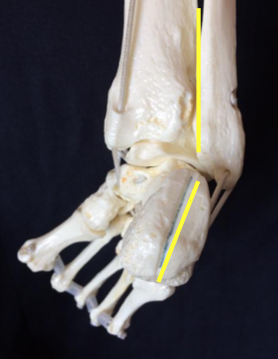
Introduction To Clubfoot Physiopedia
Clubfoot What Is Clubfoot What Causes Clubfoot Who Gets Clubfoot What Are The Symptoms Of Clubfoot
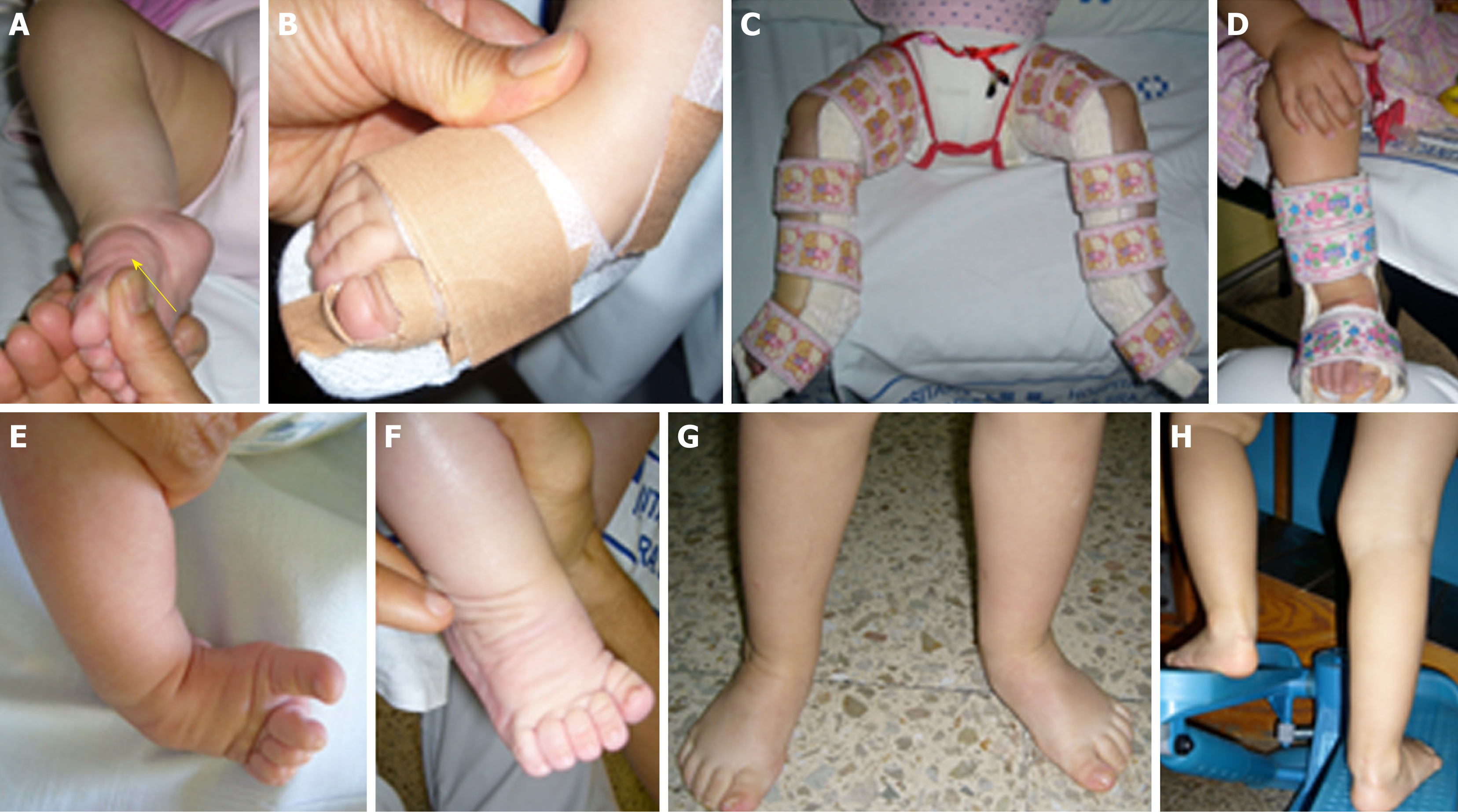
Functional Physiotherapy Method Results For The Treatment Of Idiopathic Clubfoot

Predicting Recurrence After Clubfoot Treatment Lower Extremity Review Magazine
Clubfoot Orthoinfo os
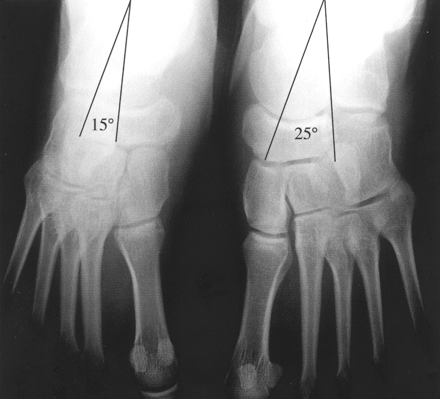
Clubfoot Congenital Talipes Equinovarus Pediatrics Orthobullets

Congenital Clubfoot Genetic Disorders Types Of Clubfoot
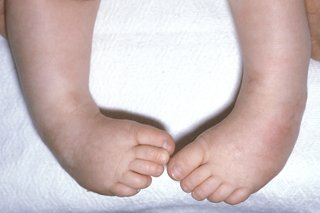
Club Foot Nhs

Clubfoot Pages 1 Text Version Anyflip
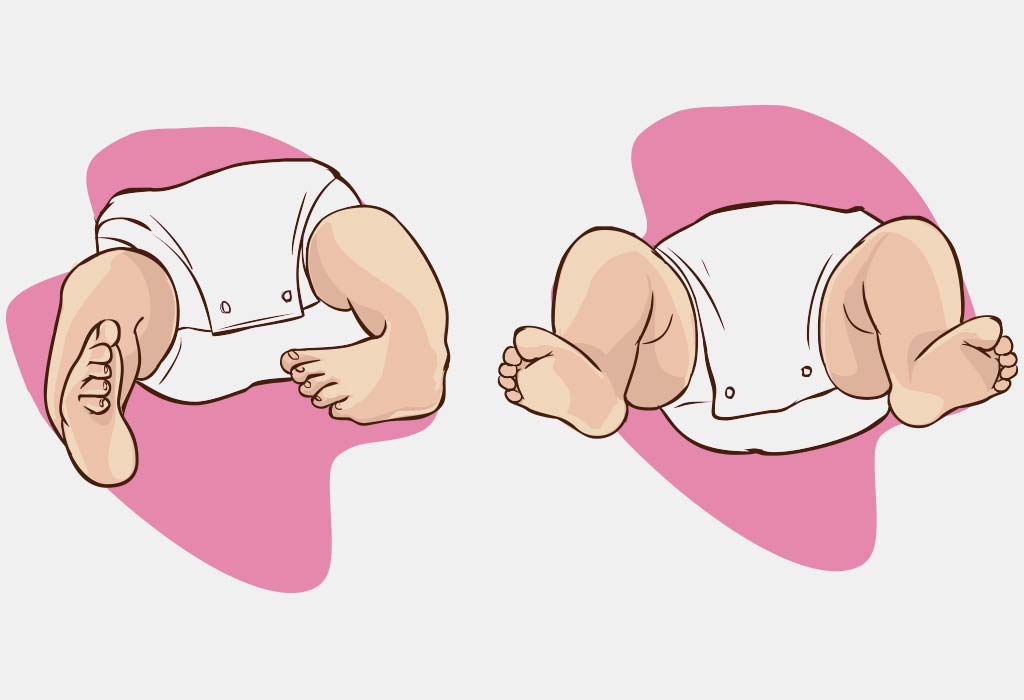
Congenital Talipes Equinovarus Or Clubfoot Causes And Treatment
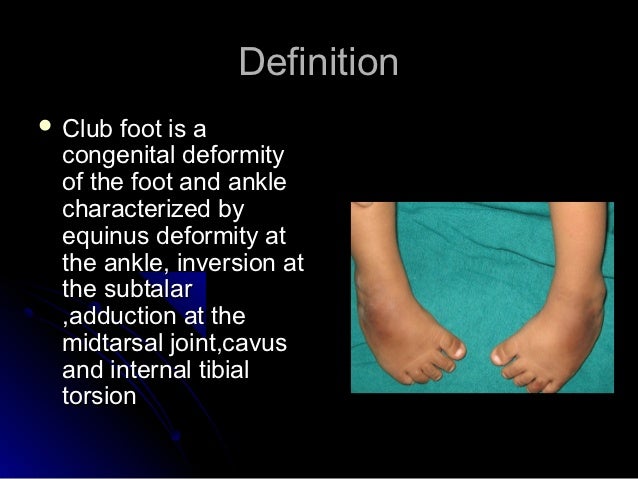
Congenital Talipes Equino Varus

Talipes Equinovarus Clubfoot And Other Foot Abnormalities Pediatrics Merck Manuals Professional Edition
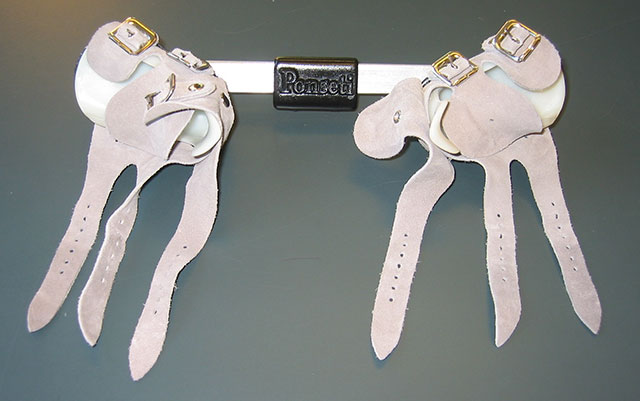
Clubfoot Johns Hopkins Medicine
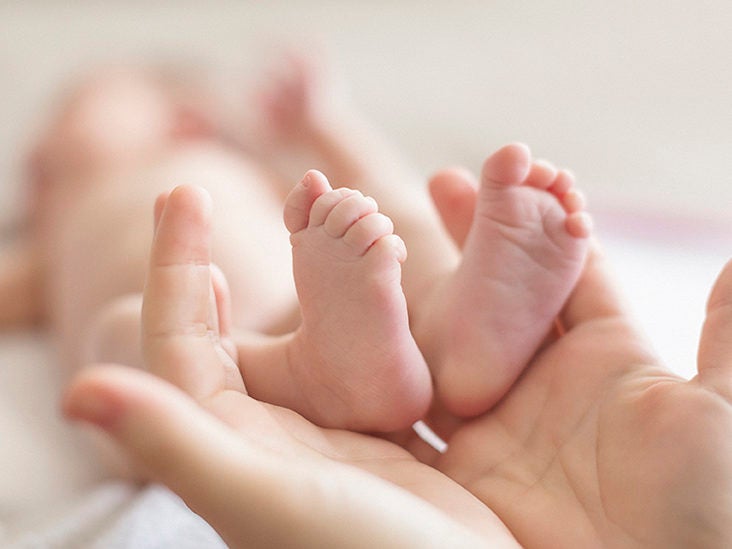
Clubfoot Repair Treatments Procedure Outlook
Clubfoot Orthoinfo os

Child Clubfoot Podiatry Orthopedics Physical Therapy
Http Www Scielo Br Pdf Aob V19n3 En A10v19n3 Pdf
/GettyImages-976611020-532e1800b14b4c89aec1f2f6a855f199.jpg)
Newborn Baby Foot Problems And Deformities
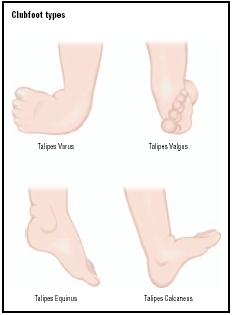
Clubfoot Symptoms Stages Definition Description Demographics Causes And Symptoms Diagnosis

Pdf Comparison Between Two Types Of Abduction Orthotics In Treating Congenital Clubfoot
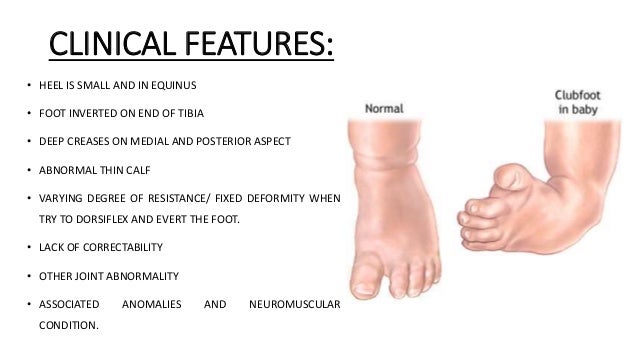
Congenital Talipes Equinovarus Club Foot Ctev Ppt By Dr Pratik

Clubfoot Causes And Treatments
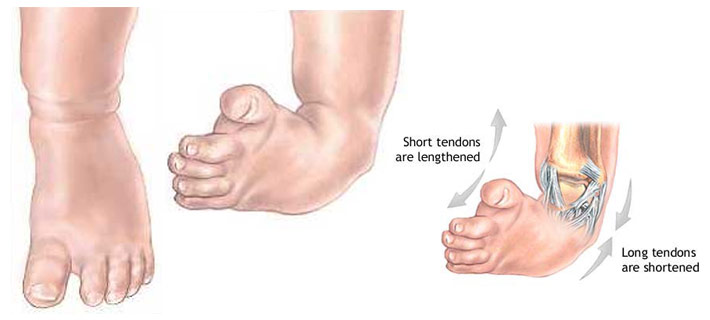
Congenital Talipes Equinovarus Clubfoot Nursing Care Management Nurseslabs

Clubfoot Wikipedia
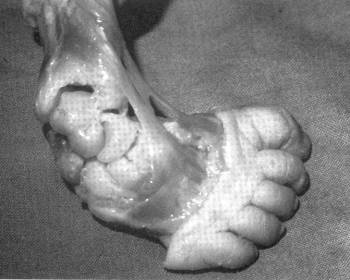
Clubfoot Congenital Equinovarus Cev Team Bone

Talipes Equinovarus Clubfoot Consultant360

Clubfoot Treatment In San Antonio Tx Children S Foot Doctor
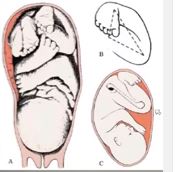
Introduction To Clubfoot Physiopedia

Club Foot Talipes Equinovarus Drbond Happy Bonding
Clubfoot Orthoinfo os

Congenital Talipes Equinovarus Club Foot Ctev Ppt By Dr Pratik
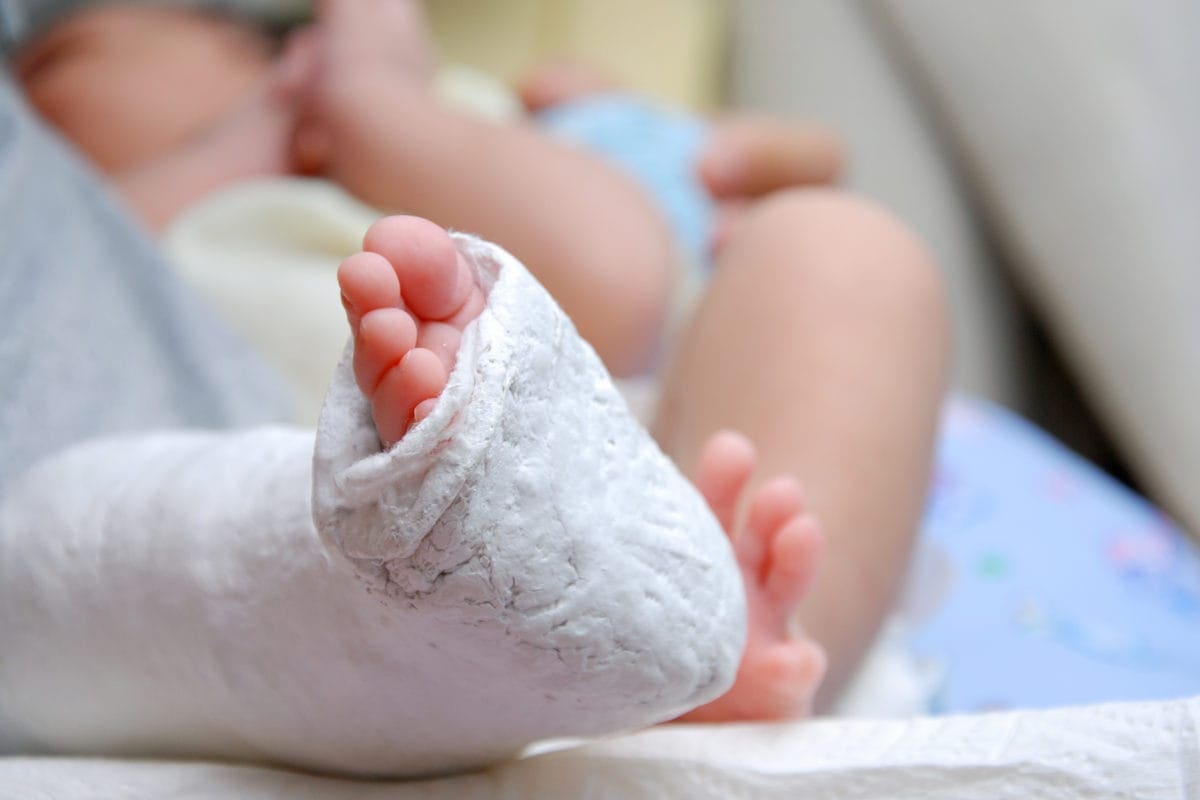
What Is Clubfoot Symptoms And Treatment Familydoctor Org
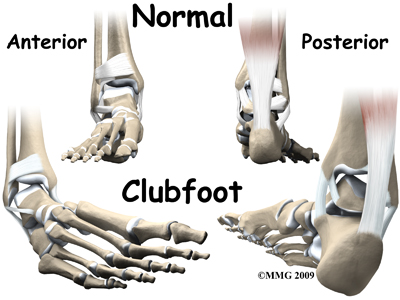
Physical Therapy In Long Island For Pediatric Issues Clubfoot

A Rigid Bilateral Clubfoot In A Patient With Spina Bifida B Note The Download Scientific Diagram
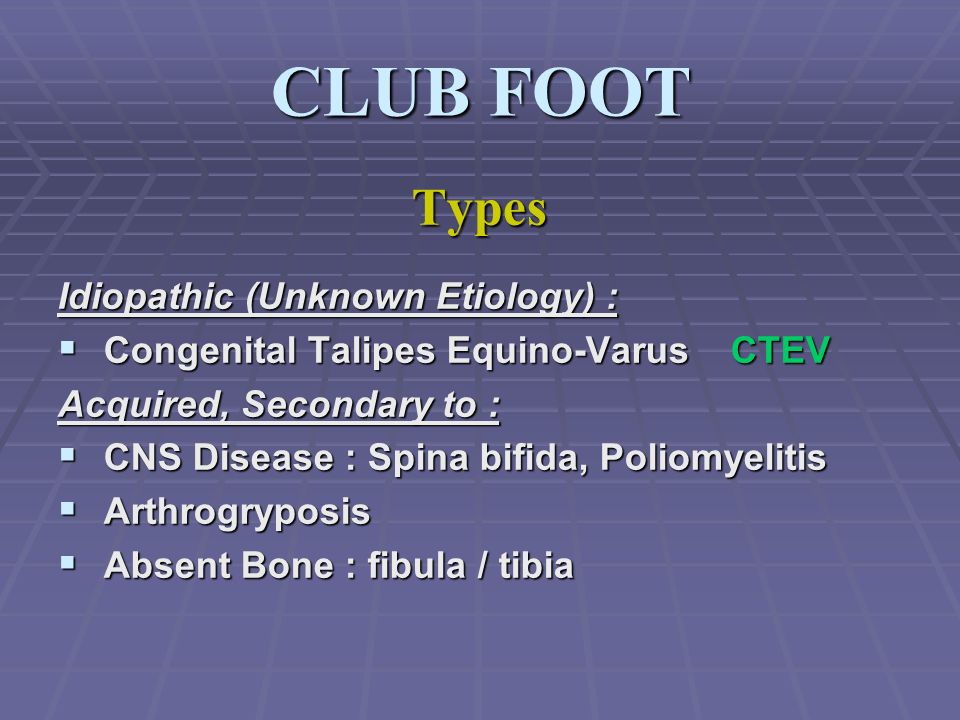
Congenital Talipes Equino Varus Congenital Clubfoot Ppt Video Online Download
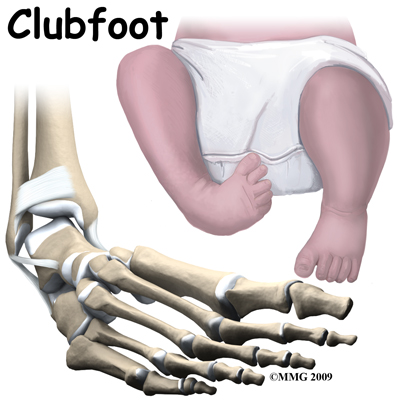
Physical Therapy In Long Island For Pediatric Issues Clubfoot

Clinical Photographs Showing A The Club Feet Of A 1 5 Month Old Baby Download Scientific Diagram

Ch 13 Congenital Clubfoot Talipes Med Easy

Club Foot Symptoms And Treatment

Clubfoot Foot And Ankle Deformities Principles And Management Of Pediatric Foot And Ankle Deformities And Malformations 1 Ed
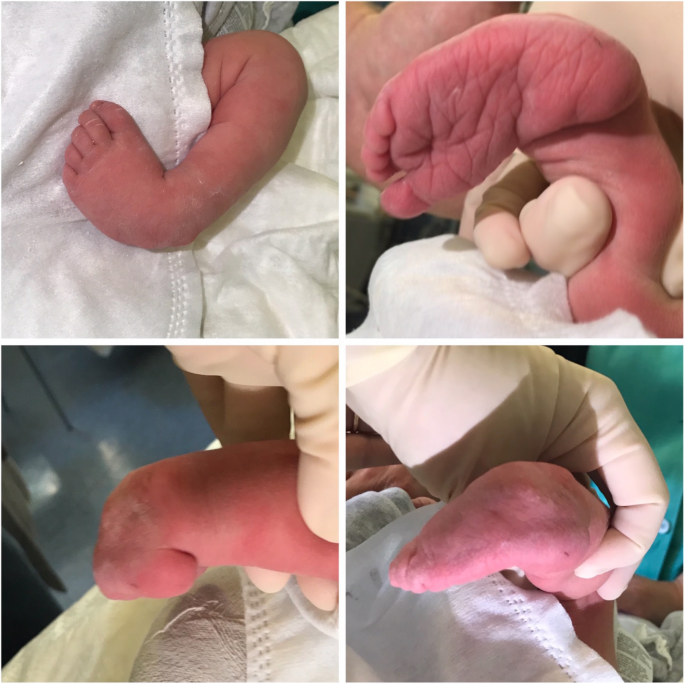
What A Paediatrician Should Know About Congenital Clubfoot Italian Journal Of Pediatrics Full Text

Clubfoot Deformity Footeducation

Club Foot The Foot And Ankle Online Journal

Clubfoot Eorthopod Com

Clubfoot Wikipedia

Congenital Idiopathic Talipes Equinovarus American Academy Of Pediatrics
Q Tbn 3aand9gcq 98jrhf Pkomvjibyey8jeq2ml4m4n8tigflcz5s4wn0etvab Usqp Cau
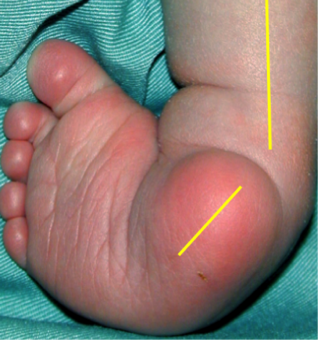
Assessing Children With Clubfoot Physiopedia
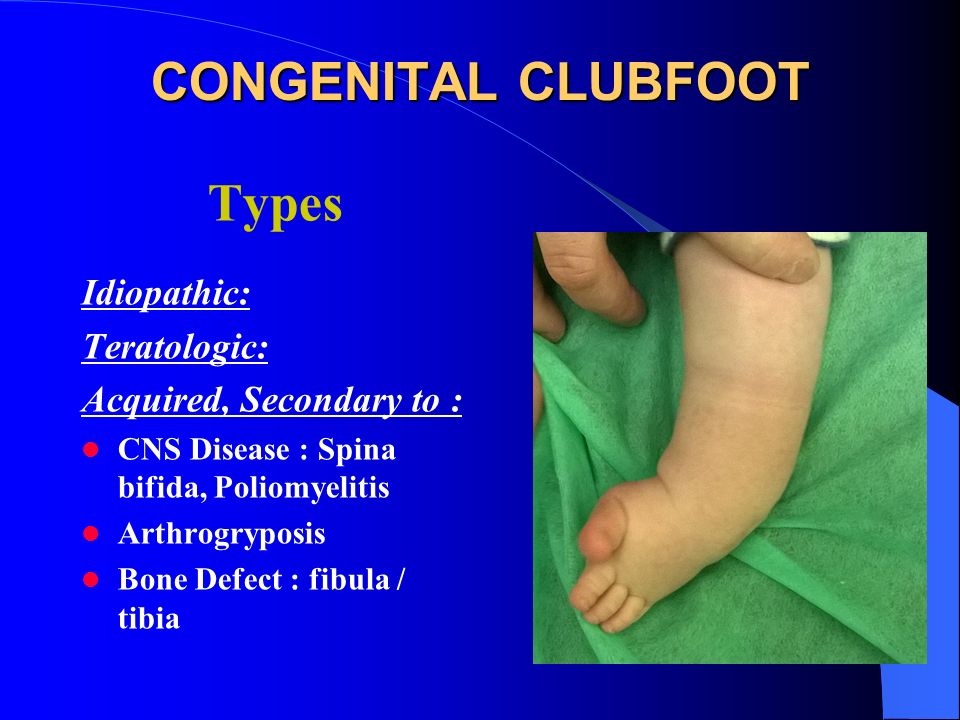
Congenital Clubfoot Congenital Talipes Equino Varus Ppt Video Online Download
Clubfoot Orthoinfo os
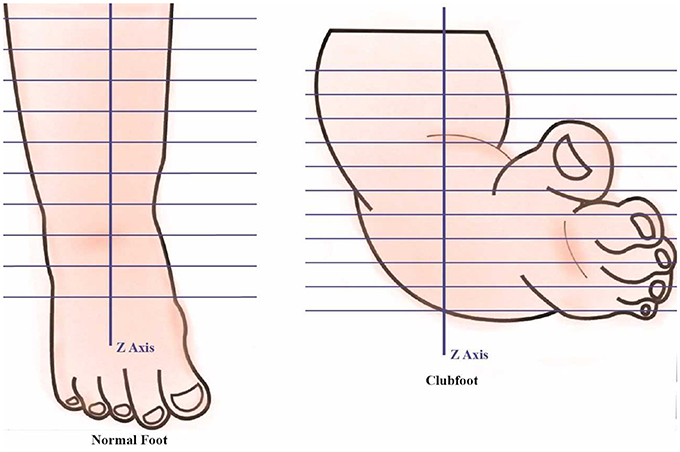
Frontiers Developing A Three Dimensional 3d Assessment Method For Clubfoot A Study Protocol Physiology

Clubfoot Archives African Journal Of Current Medical Research



